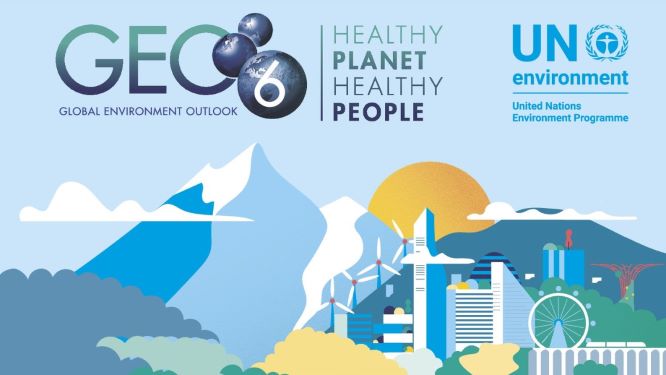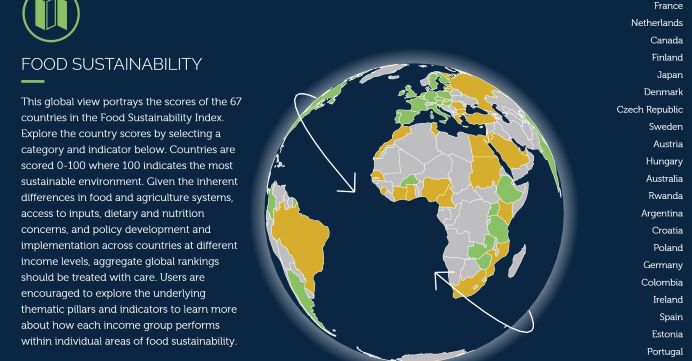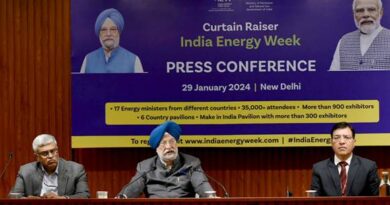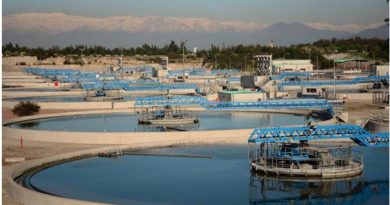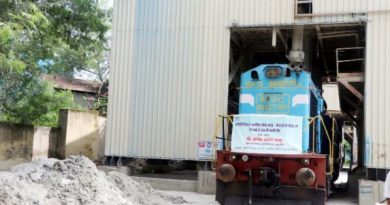Food Banks are Green Solution to Hunger: ‘Waste Not, Want Not’ Report
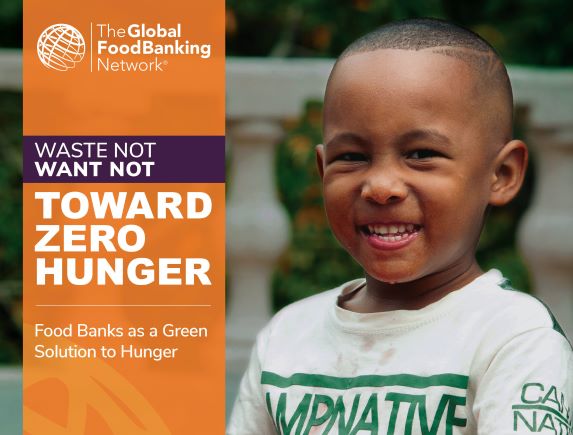
Food banks are a “green” hunger intervention, which provides food assistance to the hungry, builds up civil society, supports sustainable food systems, and protects the environment through community-based, multi-sector collaborations.
Food banks operating in 57 countries around the world found that the food bank networks, serves 62.5 million people and prevent approximately 2.68 million metric tons of safe, edible surplus food being wasted, according to Waste Not, Want Not – Toward Zero Hunger: Food Banks – A Green Solution to Hunger.
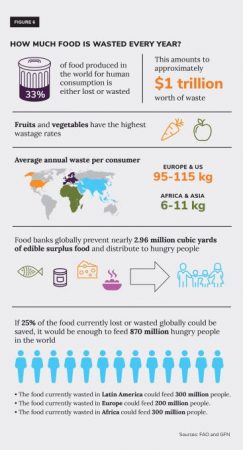
While global human population growth is around 83 million annually or 1.1% per year. The current population at 7.616 billion in 2018 is expected to reach about 10 billion by 2050. But on the other side, roughly one-third of the food produced in the world for human consumption every year — approximately 1.3 billion tonnes — gets lost or wasted. Food losses and waste amounts to roughly US$ 680 billion in industrialized countries and US$ 310 billion in developing countries.
“Food security, climate change, and malnutrition can no longer be addressed independently of one another” says the report. It adds that “Ending hunger has a large payoff for individuals, societies, and the world. Estimates show that eliminating global hunger could boost global GDP by US$276 billion in 2030.”
Food banks across the globe has so far, helped mitigate an estimated 10.54 billion kg of CO2-eq annually – equivalent to nearly 2.2 million passenger vehicles, according to the study, which focuses on the contributions of local food bank organizations in achieving the United Nations’ Sustainable Development Goals.
The report, highlights the responsibility of the government to address the issues of food insecurity, and also recommends food producers, retailers and governments to adopt simplified label recommendations, as currently 20 percent of safe, edible food is wasted over confusion with “best by,” “best before,” “use by,” and “sell by” dates on packages. These measures should help improve the current paradox, where one-third of all food produced for human consumption (1.3 billion tonnes) is being lost or wasted, whilst one in nine people (821 million) go hungry.
This report, Waste Not, Want Not, attempts to quantify the social and environmental impact of the world’s three largest food banking entities—The Global FoodBanking Network (GFN), European Food Banks Federation (FEBA), and Feeding America.
The report further concludes that Foodbanks with their tremendous collective impact on reducing hunger, food waste and greenhouse gas emissions that contribute to a changing climate, food banking can play a vital role in creating a more environmentally sustainable, just, and equitable society.
Of course, we believe that food wastage is also a behavioural issue, and will require a much wider effort to drum in the fact that food wastage is a poor idea. In Asia for instance, despite high poverty levels in countries like India, Pakistan and more, food wastage has stayed stubbornly high, for reasons beyond just lack of storage or poor logistics. Even rich countries like South Korea are struggling with the issue.


